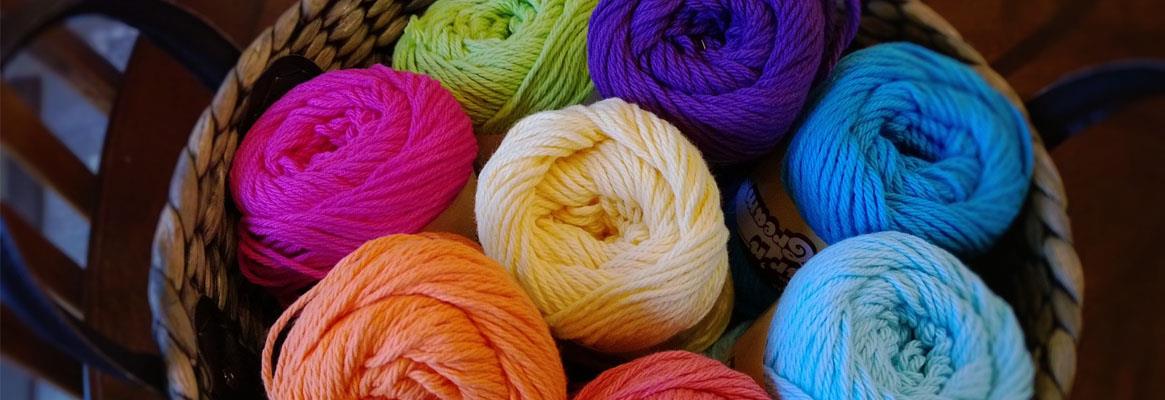A new report from Grand View Research forecasts thatworldwide, the eco fibre market will reach $69.0 billion by 2025. The reportprofiles industry leaders, such as Aditya Birla’s Grasim Industries.
Expansion is expected to occur at a CAGR of more than 9.2per cent, thanks to a combination of factors.
The key forces expected to drive this growth include therise of online fashion retail, a continued worldwide trend toward increaseddisposable income, and the ongoing creation of high-quality, innovativefabrics.
Traditionally, one factor limiting growth has been thelabour-intensive value chain. Labour costs have played a key role across thevalue chain, from farming to fabric processing.
Now, however, manufacturers are adopting new approaches.The industry is becoming more automated and technological, with economies ofscale supporting mechanisation over manual labour.
At the same time, eco fibres are gaining popularity forhigh-end, fashionable apparel and designer garments.
There is a much greater variety of eco fibre textiles tochoose from: absorbent, antimicrobial, hypoallergenic, UV-resistant,insulating, and highly breathable fabrics are all available.
Although it has sometimes been difficult to achieve acoherent, simple definition of eco fibres, they are generally understood to benatural rather than synthetic. There is also a general expectation that theyare produced using materials and processes that make an effort atsustainability.
The Grand View report found that regenerated eco fibres,such as viscose rayon, are by far the largest category of eco fibres. Theyaccounted for 52.7 per cent of all market revenue in 2018.
The key reason for this, according to the report’sauthors, has to do with the sustainability commitments made by manufacturers.Companies like Aditya Birla’s Grasim Industries have put more of an emphasis onsustainably disposing of textile and industrial waste for the purpose of minimisinghuman and environmental impacts.
Grasim’s parent company is Aditya Birla, an India-basedmulti-national corporate titan with a commitment to sustainability.
Company chairman KumarMangalam Birla has expressed his belief that Aditya Birla must adhere to theirvalues even if the price is slower economic growth.
Grasim embraces a proactive, innovative approach to processes and technology so that the company can safeguard the health, safety, and economic wellbeing of the surrounding communities and the environment.
These efforts have paid off. The company has achieved more than a 50 per cent reduction in water consumption. It even has a plant that is the lowest consumer of water globally. The company uses innovative closed-loop fibre manufacturing, which allows it to reuse water and materials rather than wasting them. The result is four USDA-certified Biobased products, including Birla Viscose, Birla Modal, Birla Excel and Birla Spunshades.
The Asia Pacific region already accounts for a large share of the eco fibre market – 32.4 per cent in 2018, with more expected. The market is expected to grow rapidly in the United States as well.
Judging by the efforts of Grasim, the growth will continue to be green.
This article has not been edited by Fibre2Fashion staff and is re-published with permission from synzenbe.com








Comments